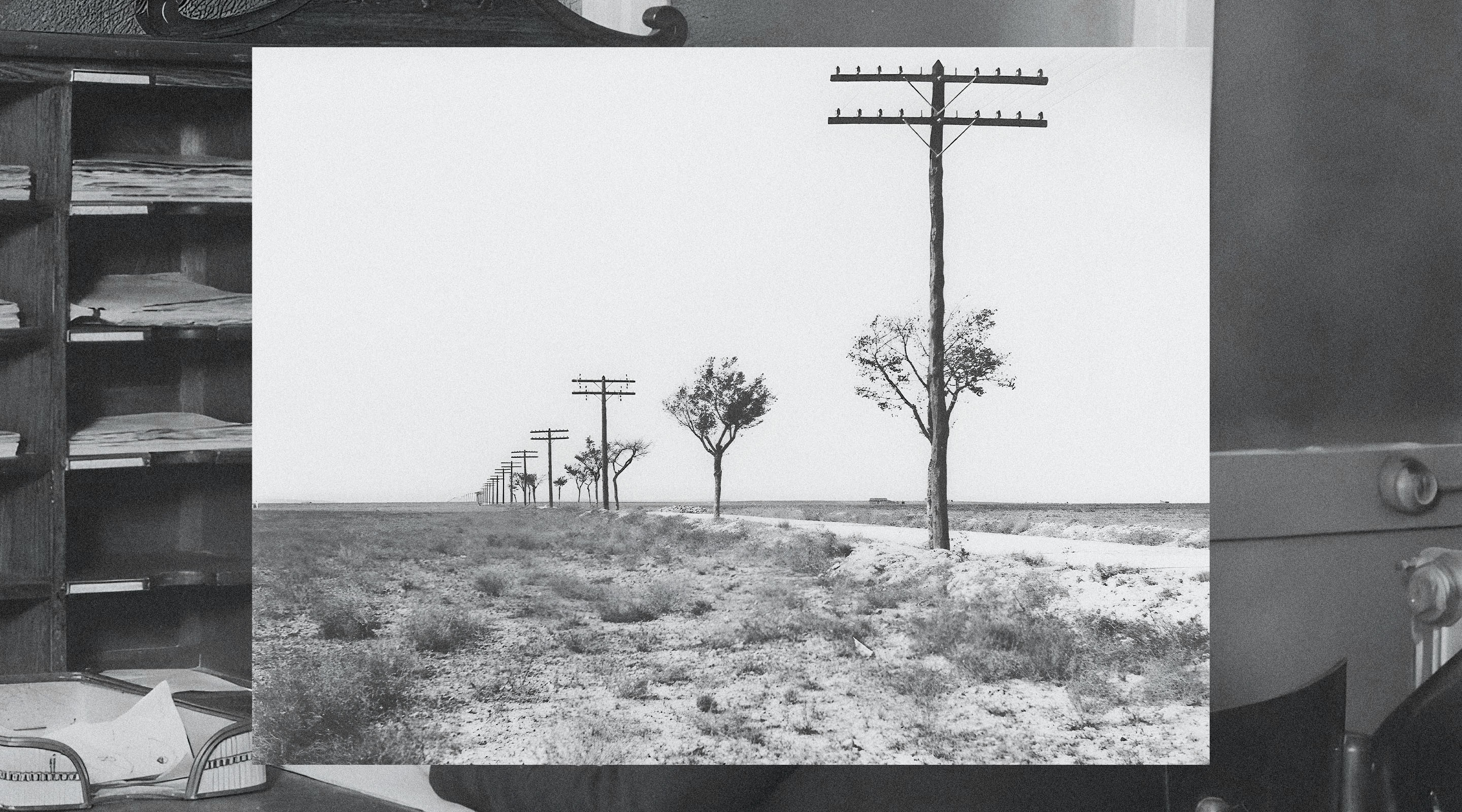
1935
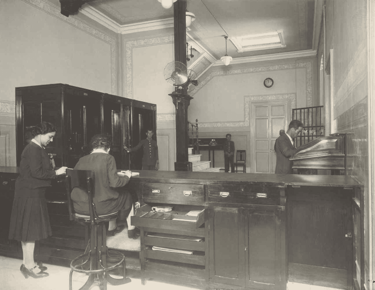
There are now almost 70 countries with which communications can be maintained. Calls are multiplying and exceed 20 million. And the figure of the salesperson is becoming more and more important.
21 million conference calls
01
Calling our long-distance phone calls "conference calls" is a bit of a "boomer" as we would say nowadays. However, this is what they were called for decades, almost always preceded by the verb "to place". Conference calls were not made, as with phone calls. They were “placed”. By 1935, CTNE had established telephone service with 68 countries. Within the national territory, the network was being automated slowly but surely. That year, Almería, Badajoz, Burgos and Castellón de la Plana entered the automatic system. Between long-distance calls and calls to other countries, the CTNE network handled more than 21 million calls in 1935. Traffic was multiplying over a network that was constantly growing to meet an atavistic human need that was increasingly seducing Spaniards: to communicate by telephone.
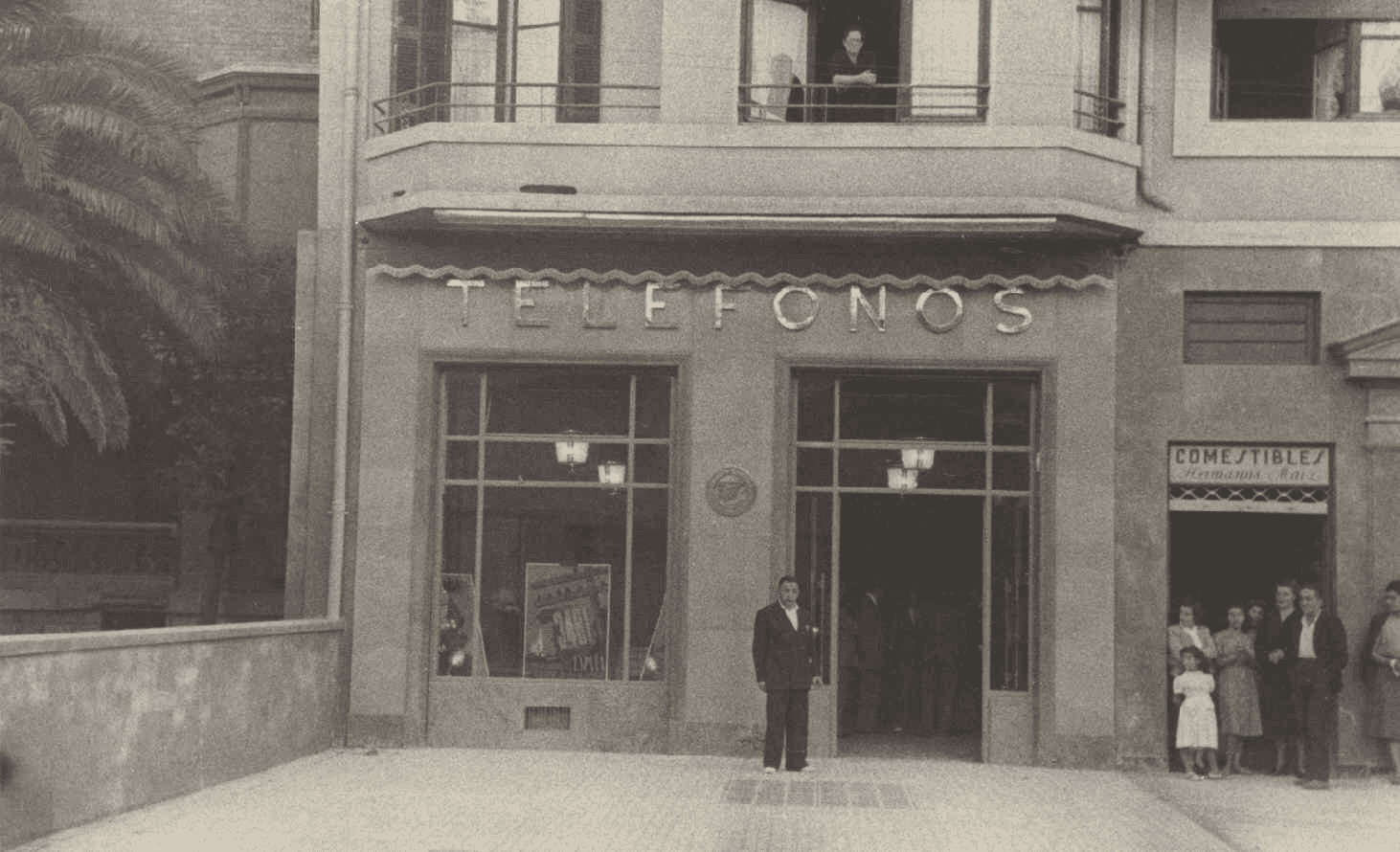
The art of selling
02
In addition to installers, splicers, technicians and, of course, telephone operators, there was no shortage of sales representatives on the CTNE staff right from the start. The telephone was a very new and unknown service, and although it was not necessary to compete with other competitors, since CTNE operated alone, it was necessary to explain to the subscriber or potential subscriber the advantages of having a telephone at home. The 1935 Telephone Bulletin offers us a real gem: a salesman's manual full of tricks and keys to success: closing a sale and gaining a new subscriber. The telephone, says the manual, "is a special commodity" and selling it has its own methods and rules that the salesman must "adapt to its personality if he does not want to fail or be forever a middling Sales Agent". Beware of mediocrity!
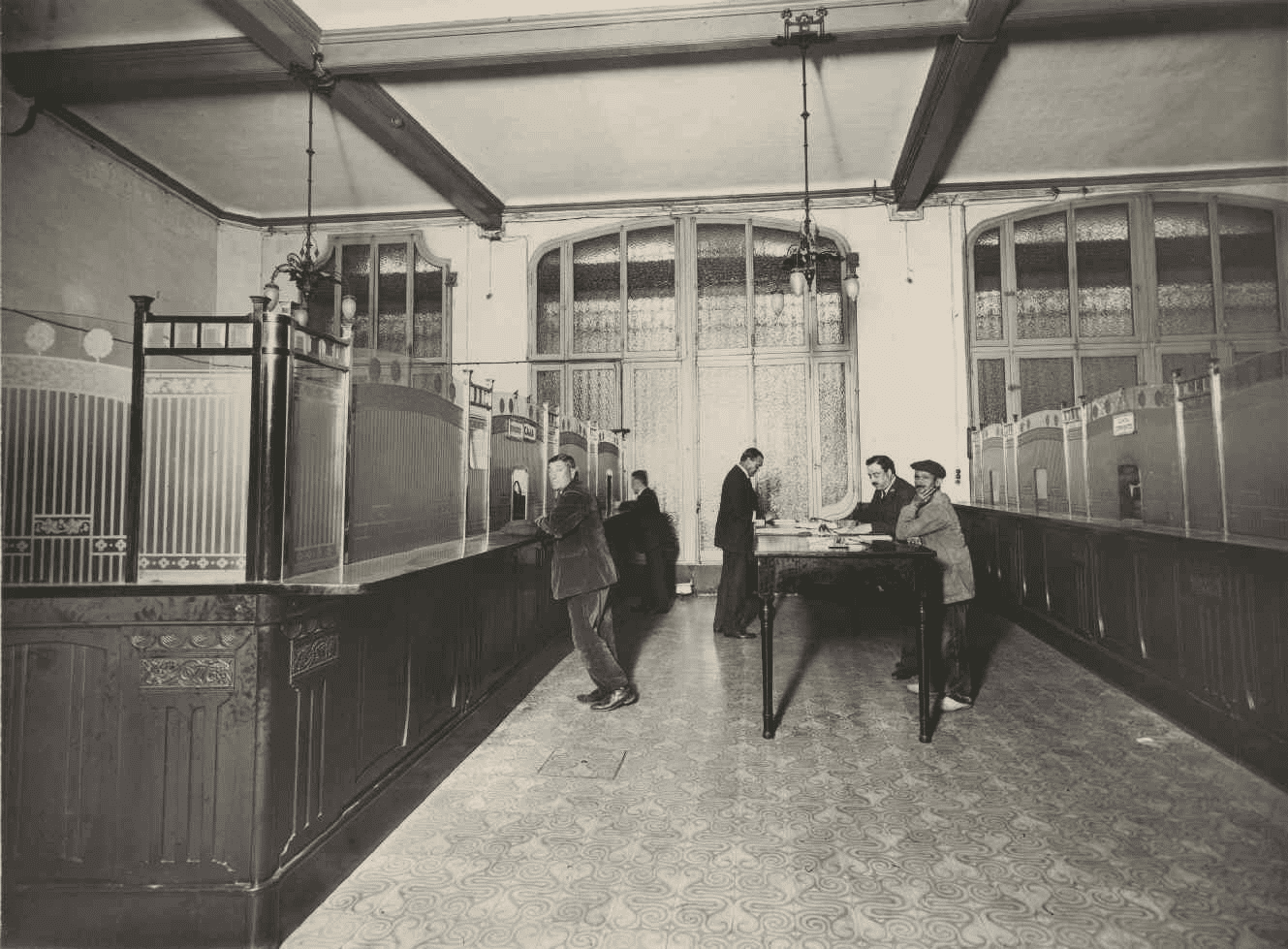
Building plants all over Spain
03
CTNE's facilities and buildings are now all over Spain. Centrals, call shops and "public rooms" were installed in all the provincial capitals at the same pace as the service became popular. In 1935, for example, construction began on the Cáceres exchange to install the equipment for the new automatic network. The exchanges, often designed by prestigious architects, were not only the headquarters of the communications systems, but also emblematic buildings that helped to publicise the company and attract customers and investors.
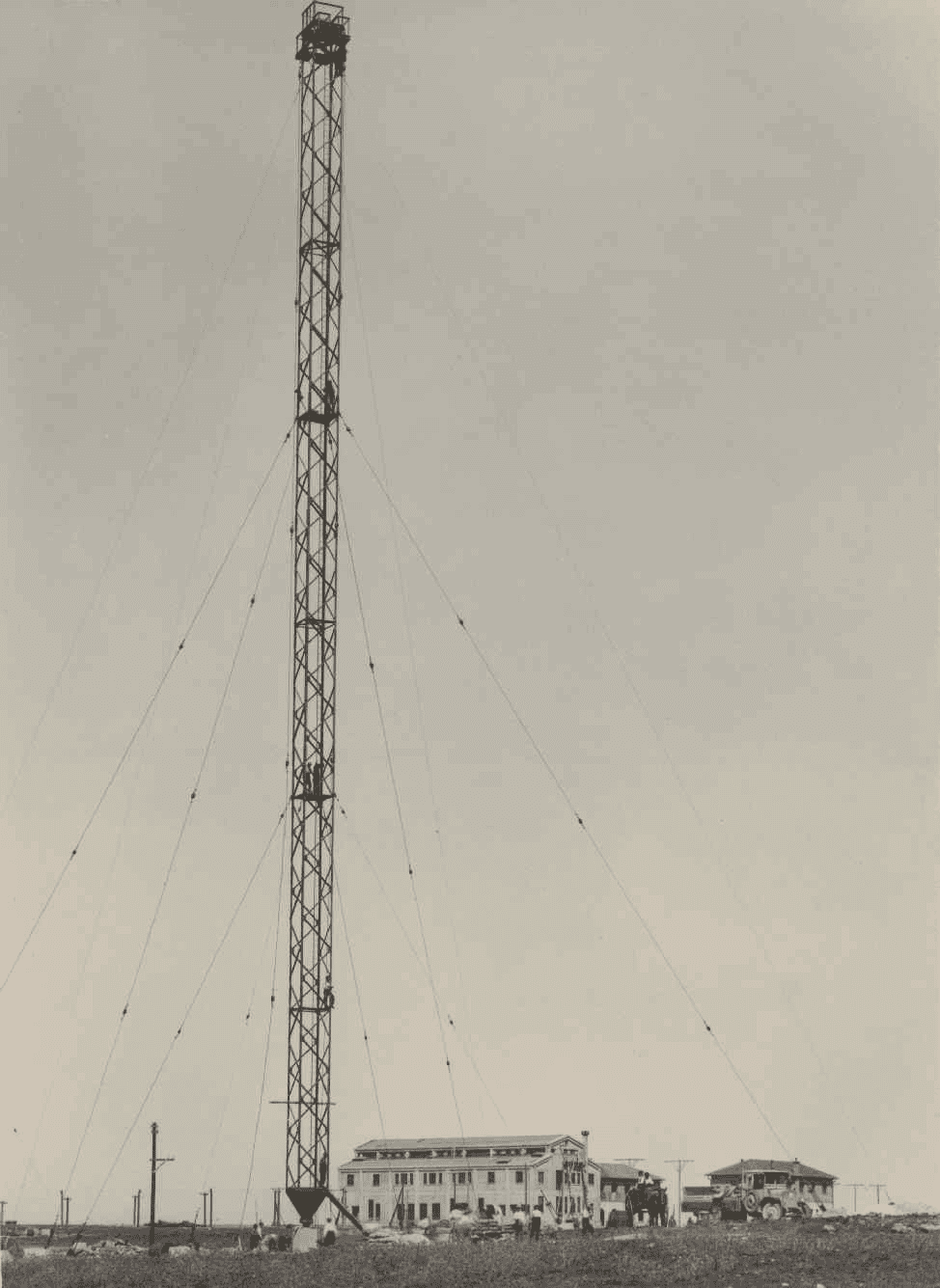
Do you have doubts about what happened?
Ask Aura